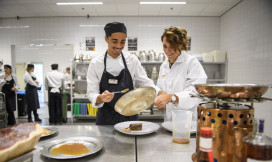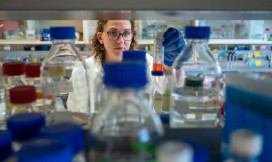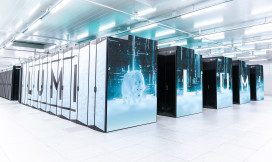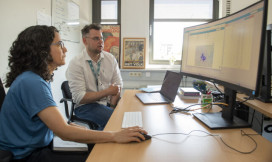Data management & processing
Endless amounts of data are becoming available these days. But how can you process, analyse and (re)use them safely and securely? Together with our members, we think about how to safely (re)use and process data for research data analysis.
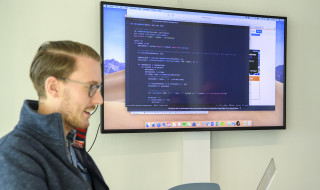
Marcel Ras is manager of the Research Data Support Network at the VU and pleased with Yoda. But what is it and what is so good about it? Read it in this use case.
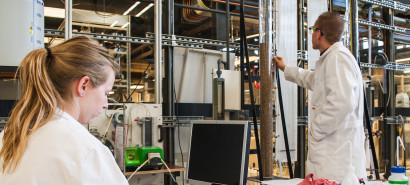
Case study
"Where can we put all those data?"
Case study
What if research data serve multiple purposes, and need to be stored in different places, when local facilities are not sufficient for this purpose? Erwin van Wieringen explains how SURF's Storage scale-out provides a suitable solution for RIVM.
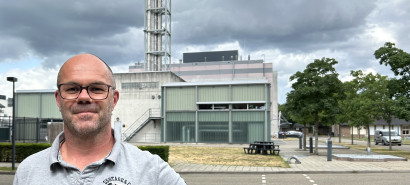
Case study
